It turns out that the crunch of an apple or the sweetness of strawberries might come with an unwanted extra: pesticides. These chemicals, aimed at keeping pests and diseases at bay, tend to linger more on some fruits and veggies than others. Every year, the Environmental Working Group (EWG) lists the “dirtiest,” most heavily sprayed foods. Here’s what to avoid this year or choose their organic counterparts.

Peaches
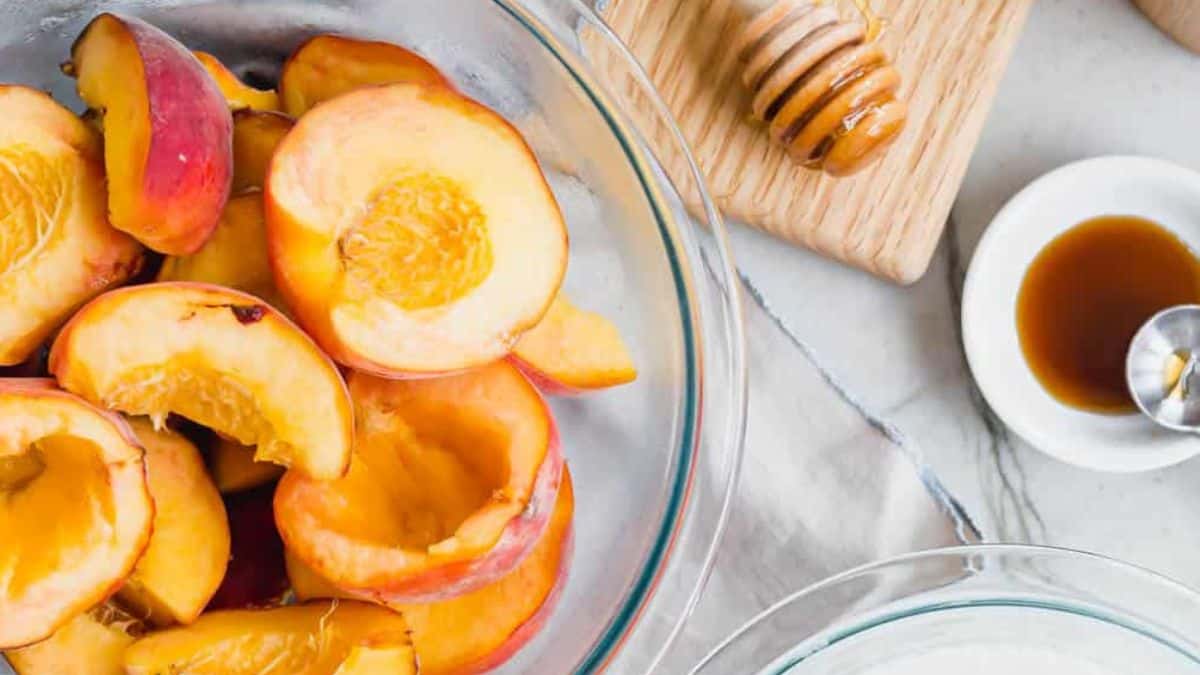
Peaches are one of the juiciest and most tasty gems of the summer season, but they’re also magnets for pests, leading to heavy pesticide use to keep the bugs at bay. Their soft skin absorbs pesticides more than harder-skinned fruits, making organic options a smarter choice for avoiding chemical residues.
Apples

Apples, a staple snack for almost everyone, require significant pesticide application due to their susceptibility to a variety of pests and diseases. Their popularity demands year-round availability, often resulting in multiple treatments. Choosing organic apples can reduce exposure to these chemicals.
Strawberries

Strawberries grow close to the ground, making them prone to pest attacks and fungal diseases, which is why they’re often heavily sprayed with pesticides. Their thin skin doesn’t offer much protection which is why opting for organic strawberries is the best way to minimize pesticide intake.
Grapes

Grapes, especially those grown conventionally, are treated with numerous pesticides to fend off insects and fungi. The residues can linger on the fruit’s skin, even after washing. Organic grapes are less likely to carry these pesticide levels.
Cherries
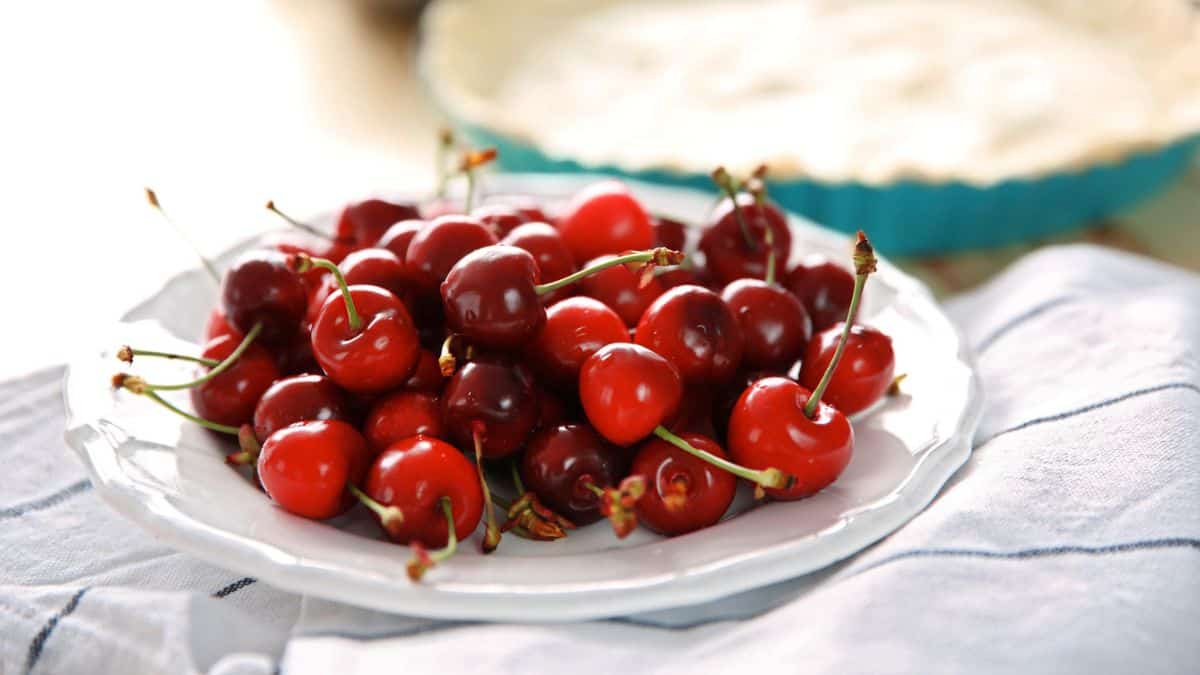
Cherries have a high demand and are susceptible to many pests, which is why they’re one of the more heavily sprayed crops. Their delicate nature requires more pesticide use for protection. This is another fruit to opt for organic when you can.
Nectarines

Nectarines’ smooth skin and sweet flesh attract a host of pests, necessitating heavy pesticide use in conventional farming. Their thin skin allows for easy pesticide absorption, making the organic choice a safer bet if you’re looking to avoid these harmful chemicals.
Pears

Pears face a barrage of pests and diseases, requiring a cocktail of pesticides for cultivation. Their porous skin absorbs pesticides easily, raising concerns over residue. Organic pears offer a safer alternative.
Kale, Collard & Mustard Greens
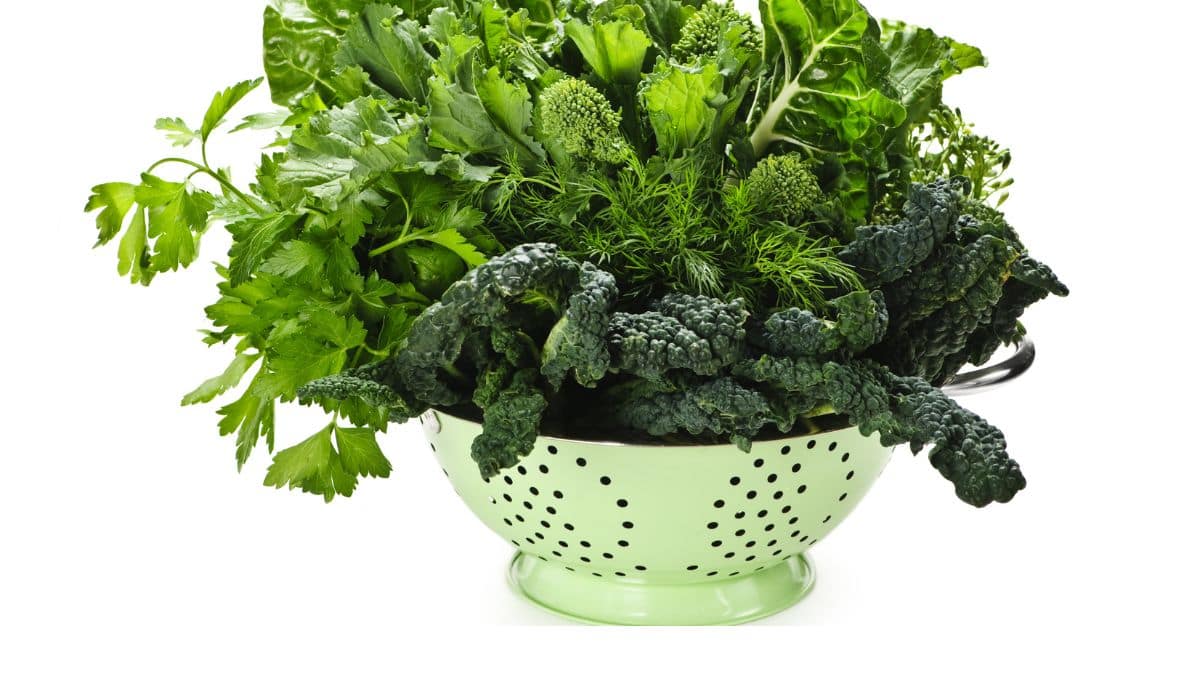
These leafy greens are packed with nutrients but also attract a lot of insect attention, something you probably know if you’ve ever tried to grow them yourself. Their large surface area makes thorough washing difficult, often leaving pesticide residues behind. Organic varieties are a cleaner option for these nutrient powerhouses.
Bell Peppers
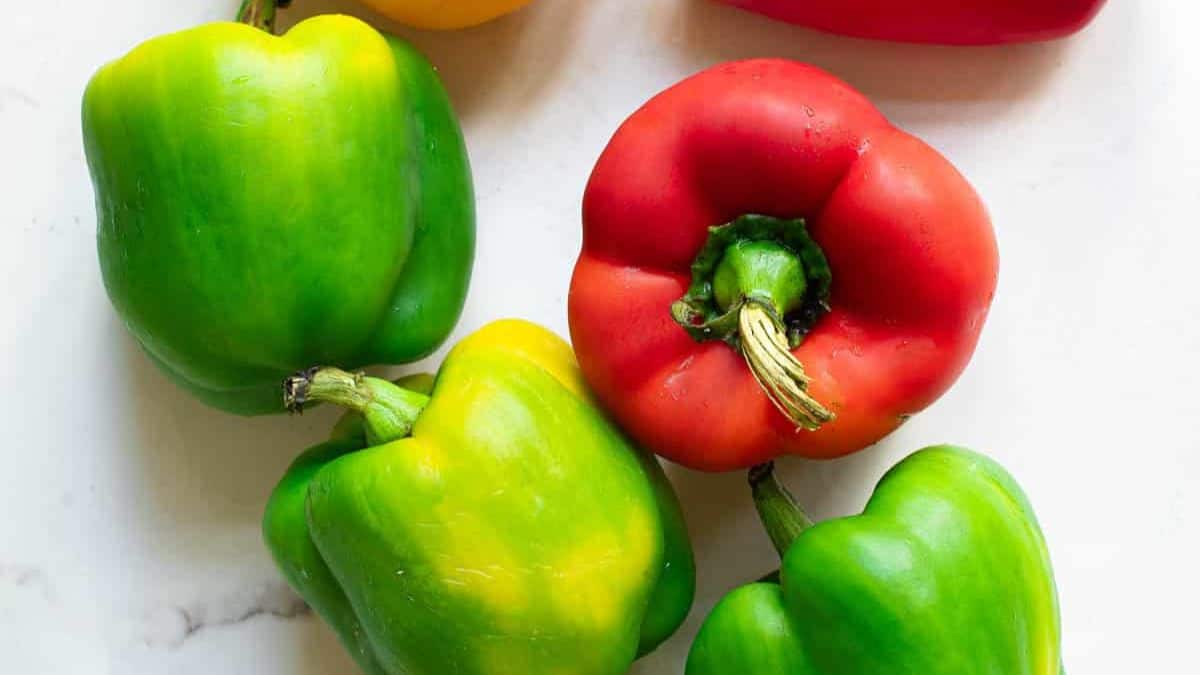
Bell peppers have thin skins that are not effective barriers to pesticides, which are liberally applied to combat their numerous insect enemies. The wide variety of pests targeting bell peppers explains the high pesticide usage, making organic peppers a healthier choice. The same unfortunately applies to many hot peppers, too.
Blueberries

Blueberries’ popularity and the high labor costs for pest management lead to significant pesticide use on conventional farms. Their delicate nature and susceptibility to pests make organic blueberries a better option for reducing pesticide intake. Wild blueberries which are available frozen all year round can be a great alternative, especially when blueberries are out of season.
Spinach
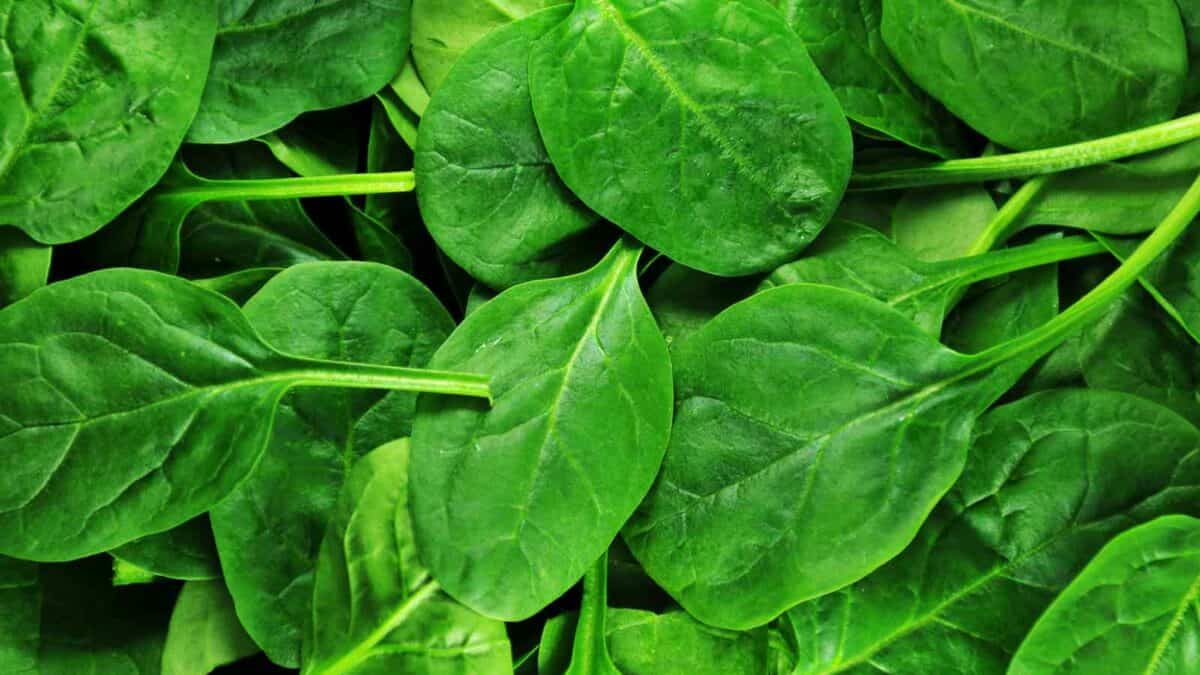
Spinach is another leafy green that’s heavily treated with pesticides due to its popularity and vulnerability to pests. The porous leaves of spinach make it difficult to wash off all the chemicals.
Green Beans
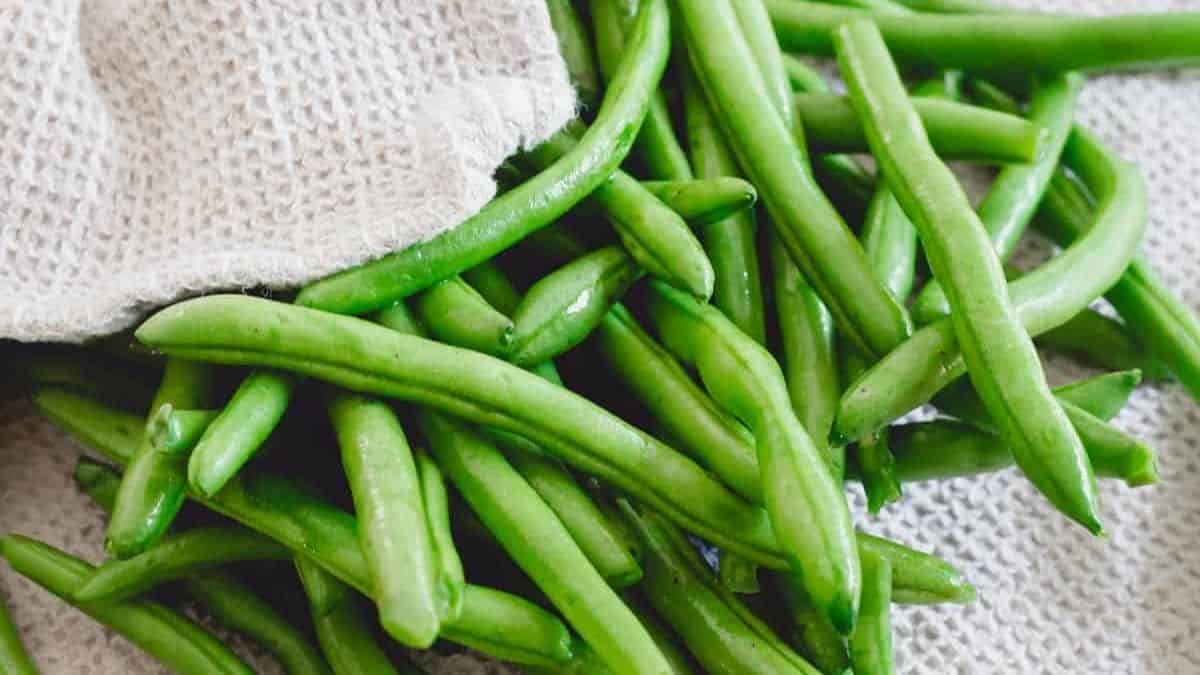
Green beans are often exposed to a variety of pesticides to keep away insects and diseases. Their high surface area to volume ratio means they can carry more pesticide residue, making the leap to organic a smart choice.
10 Risky Foods That You’re Better Off Avoiding According To Food Safety Experts

Not to dampen your foodie spirit, but some eats come with a side of risk that’s not listed in the description. From raw sprouts that could be throwing a bacteria party, to that rare steak from your favorite restaurant that’s playing with danger, this guide walks you through the minefield of risky eats out there and offers some safer, just-as-tasty alternatives to try instead.
See Them Here: 10 Risky Foods That You’re Better Off Avoiding According To Food Safety Experts
10 Foods Safe To Leave Out Overnight And Still Enjoy

Ever found yourself wondering if that pizza slice is still good after spending the night on the counter? We’ve all faced the late-night dilemma of whether to fridge it or risk it. Here’s a list of foods that can safely hang out on your counter overnight and still be tasty and safe to eat the next day. No more need to guess!
See Them Here: 10 Foods Safe To Leave Out Overnight And Still Enjoy
Top 10 Most Common Food Safety Mistakes People Make At Home

Navigating kitchen safety can sometimes feel like walking through a minefield of dos and don’ts. Let’s shed some light on the common food safety mistakes that sneak into our daily routines. By understanding and adjusting these small, often overlooked actions, we can significantly improve our food handling practices and keep our kitchens and families safe.
See Them Here: Top 10 Most Common Food Safety Mistakes People Make At Home
Select images provided by Depositphotos.
Gina Matsoukas is an AP syndicated writer. She is the founder, photographer and recipe developer of Running to the Kitchen — a food website focused on providing healthy, wholesome recipes using fresh and seasonal ingredients. Her work has been featured in numerous media outlets both digital and print, including MSN, Huffington post, Buzzfeed, Women’s Health and Food Network.








